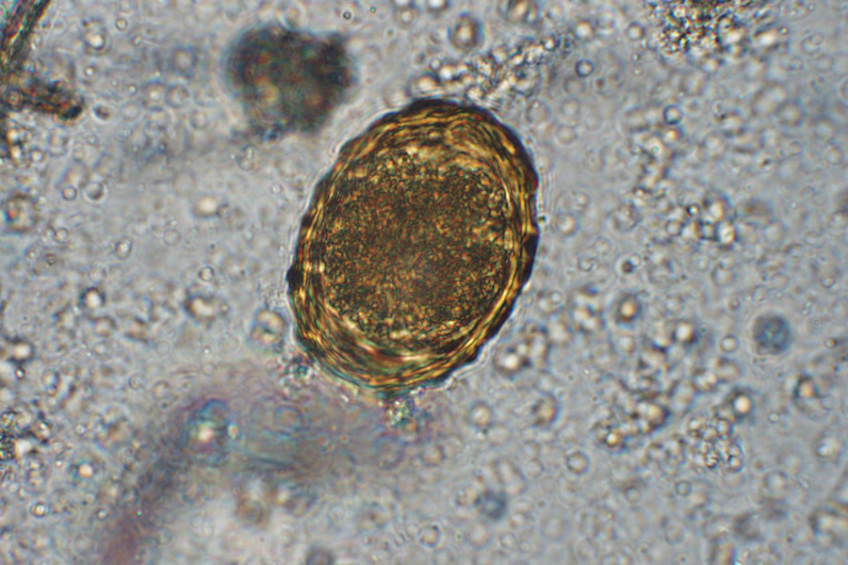Condensed tannins against Ascaris suum in pigs

Tannins can have potent, direct anthelmintic effects against nematode parasites in pigs, a joined research team from the University of Copenhagen en the University of Reading showed.
Ascaris suum is one of the most prevalent nematode parasites in pigs and causes significant economic losses, and also serves as a good model for A. lumbricoides, the large roundworm of humans that is ubiquitous in developing countries and causes malnutrition, stunted growth and compromises immunity to other pathogens.
New treatment options for Ascaris infections are urgently needed, to reduce reliance on the limited number of synthetic anthelmintic drugs. In areas where Ascaris infections are common, ethno-pharmacological practices such as treatment with natural plant extracts are still widely employed. However, scientific validation of these practices and identification of the active compounds are lacking, although observed effects are often ascribed to plant secondary metabolites such as tannins.
In this research study, the team extracted, purified and characterised a wide range of condensed tannins from diverse plant sources and investigated anthelmintic effects against A. suum in vitro. It was shown that condensed tannins can have potent, direct anthelmintic effects against A. suum, as evidenced by reduced migratory ability of newly hatched third-stage larvae and reduced motility and survival of fourth-stage larvae recovered from pigs.
Transmission electron microscopy showed that CT caused significant damage to the cuticle and digestive tissues of the larvae. Furthermore, evidence was provided that the strength of the anthelmintic effect is related to the polymer size of the tannin molecule. Moreover, the identity of the monomeric structural units of tannin polymers may also have an influence as gallocatechin and epigallocatechin monomers exerted significant anthelmintic activity whereas catechin and epicatechin monomers did not.
These results clearly document direct anthelmintic effects of condensed tannins against Ascaris and encourage further in vivo investigation to determine optimal strategies for the use of these plant compounds for the prevention and/or treatment of ascariosis.
This study was published in PlosOne.











